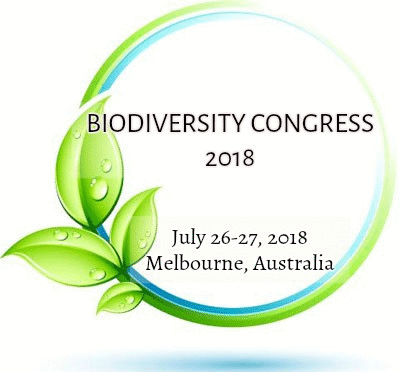
Amrit Melissa Dencer Brown
Auckland University of Technology
Title: Biodiversity of Manukau Mangroves; what’s really in there?
Biography
Biography: Amrit Melissa Dencer Brown
Abstract
Indian Himalayas with their diverse climatic conditions are home to rare and endangered medicinal flora. One such species is Polygonatum verticillatum Linn., popularly known as Solomon’s Seal. Its mention as an incredible medicinal herb comes from 5000 years ago in Indian Materia Medica as a component of Ashtavarga, a poly-herbal formulation comprising of eight herbs illustrated as world’s first ever rejuvenating nutraceutical food, which is now commercialised in the name ‘Chaywanprash’. It is an erect tall (60 to 120 cm) perennial herb with sessile linear leaves and white pendulous flowers. The species grows well in altitudes ranging from 1600 to 3600 m amsl, and propagates mostly through rhizomes. The rhizomes are potential source for significant phytochemicals like flavonoids, phenolics, lectins, terpenoids, allantoin, diosgenin, β-Sitosterol and quinine. Having profound concentrations of macro and micro nutrients, species has fine prospects of being used as a diet supplement. However due to unscientific and gregarious uprooting, it has been assigned status of ‘Vulnerable’ and ‘Endangered’ according to IUCN Red-List Criteria. Further, destructive harvesting, land use disturbances, heavy livestock grazing, climatic changes and habitat fragmentation have substantially contributed towards anomaly of species. It therefore became imperative to conserve diversity of the species and make judicious use in future research. A Gene Bank was therefore established at High Altitude Herbal Garden of Forest Research Institute, Dehradun, India situated at Chakarata (30042’52.99’’N, 77051’36.77’’E, 2205 m amsl) consisting 149 accessions collected from thirty one geographical locations spread over three Himalayan States of Jammu and Kashmir, Himachal Pradesh and Uttarakhand. The present investigations purport towards sampling and collection of divergent germplasm followed by planting and cultivation techniques. The ultimate aim is thereby focussed on analysing genetic diversity of the species, and capturing promising genotypes for carrying out further genetic improvement programme so to contribute towards sustainable development.

